by Robert Suhr
All day on July 4, 1863 the Union and Confederate armies stared at each other during the Battle of Gettysburg. Three days of massive attacks had bled the Confederate army until it lacked the manpower to attack again. The Union army’s failure to go over on the offensive is harder to explain.
In a letter to his wife the next day, Maj. Gen. George Meade justified the reason for his lack of activity:
“For a day the enemy waited, hoping we could attack so they could play their old game of shooting at us from behind walls.”
Meade and Lee’s Philosophy
More than just explicating his lack of aggressiveness, this statement was his philosophy, as well as that of Robert E. Lee’s, for the remainder of 1863. Both generals had seen the futility of frontal attacks at Fredericksburg and Gettysburg. Both had seen the success of the attack on the enemy’s flank at Second Manassas and Chancellorsville. Both generals wanted victory without the carnage of a heads-on attack.
In October 1863, Lee went on the offensive using the strategy that had worked so well for him previously. His initial plan was to assault the right flank of the Union army near Culpeper Court House. That plan failed because Meade rapidly withdrew his army north across the Rappahannock River.
Rather than abandon the offensive, Lee decided to try again. The second flanking maneuver would find his army striking the Union right and rear near Bristoe Station. Again, Meade frustrated Lee’s plans by withdrawing.
Both times Lee could have assaulted the Union army. He must have known that the rapid withdrawal had left it somewhat disorganized, and yet he did not press the advantage. He did not want to make a frontal attack, even when the enemy had little time to prepare.
Meade at the Rapidan
Meade’s strategy was similar to Lee’s. In September, when he learned that part of Lee’s army had headed for northwest Georgia, he spent two weeks trying to find a way to maneuver around either of Lee’s flanks. In November, he took the offensive twice. On November 7, he crossed the Rappahannock River at Kelley’s Ford. By the time his troops crossed, Lee had pivoted his army about to face him. When the Union army did not attack, Lee withdrew across the Rapidan River.
At the end of November, Meade tried again. He crossed the Rapidan in hopes of marching around Lee’s right flank. The III Corps lost half a day crossing the river, then blundered into the Confederates at Payne’s Farm. During the night, Lee consolidated his position behind Mine Run. Meade made another effort to circle Lee’s right. Ultimately he failed and withdrew rather than risk a frontal assault.
This autumn of ’63 military minuet of maneuver and withdrawal ended with the arrival of Ulysses S. Grant in Virginia. In the spring, Grant crossed the Rapidan and fought come what may. His strategy of using the superior numbers of his army to crush the Southerners led to repeated frontal attacks. Forced to counterattack to save his position, Lee found his army being destroyed in a war of attrition.
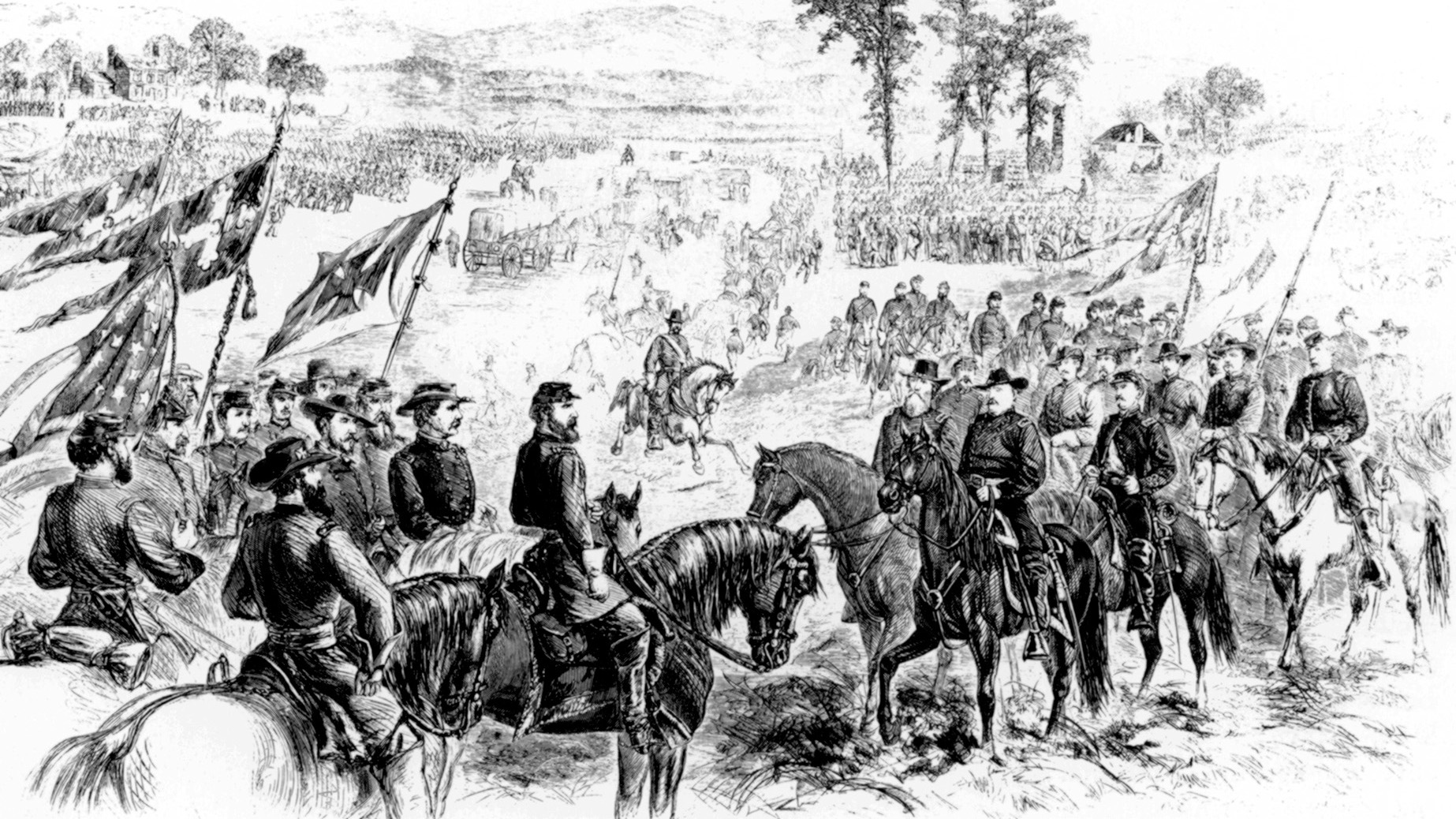
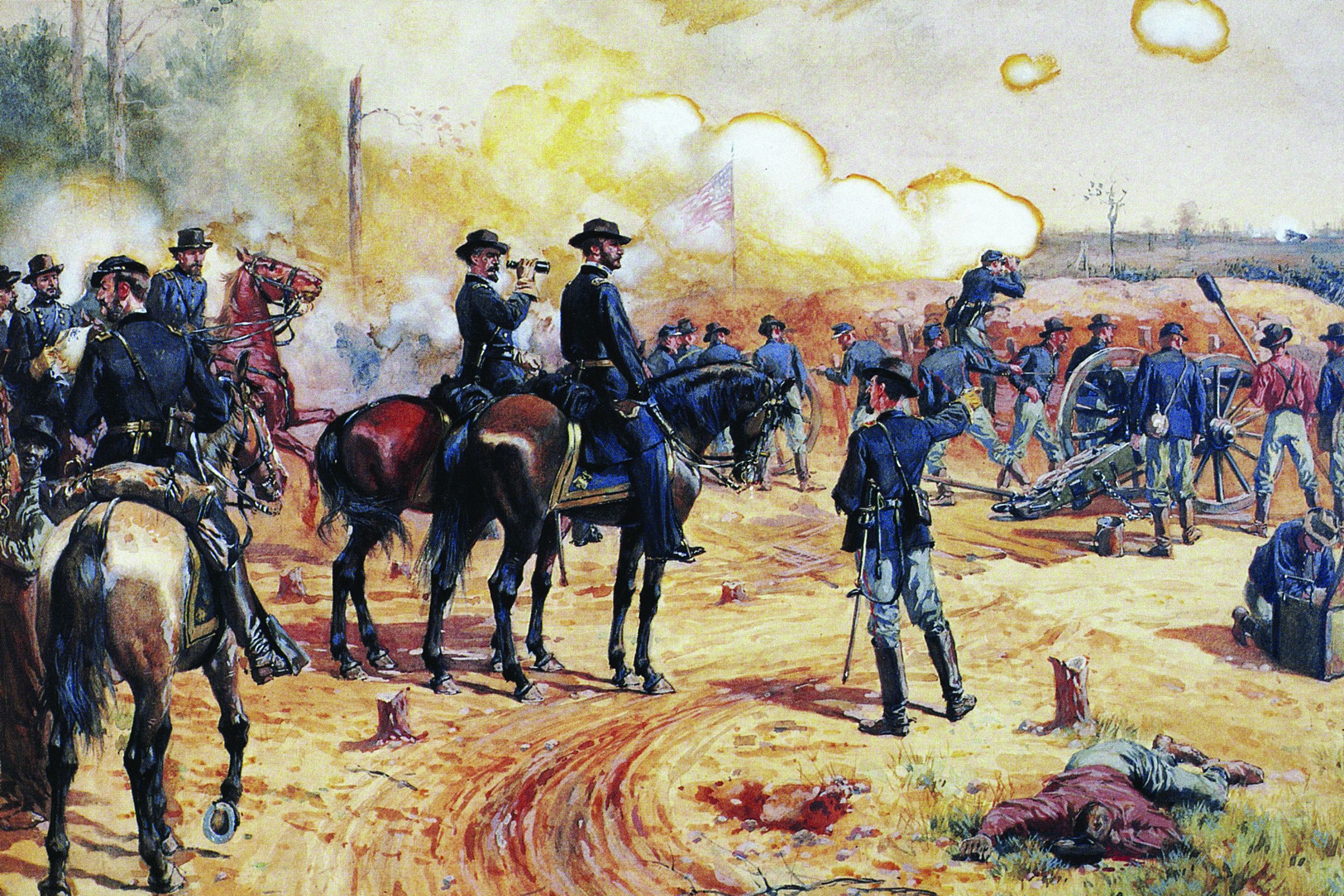
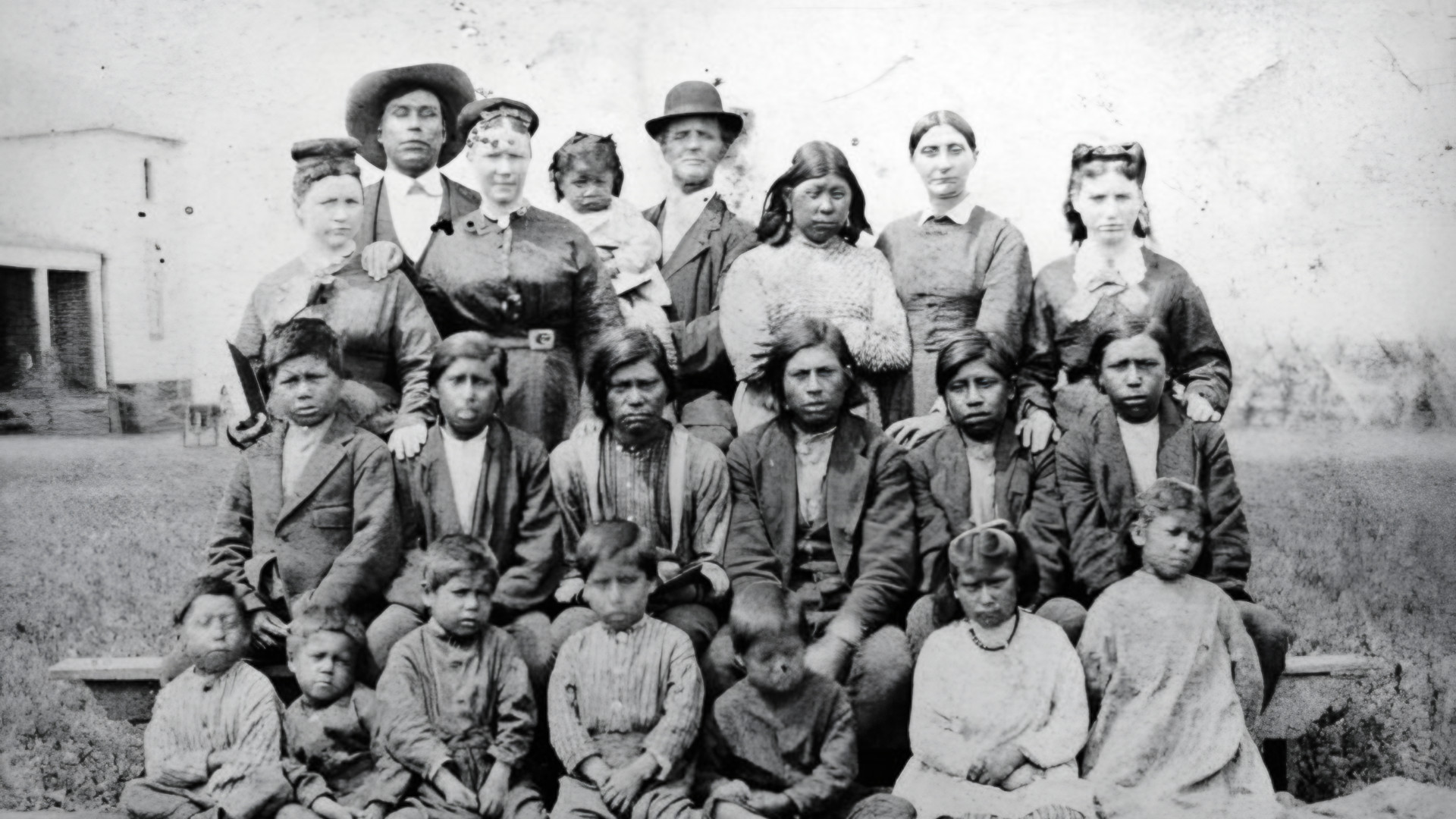
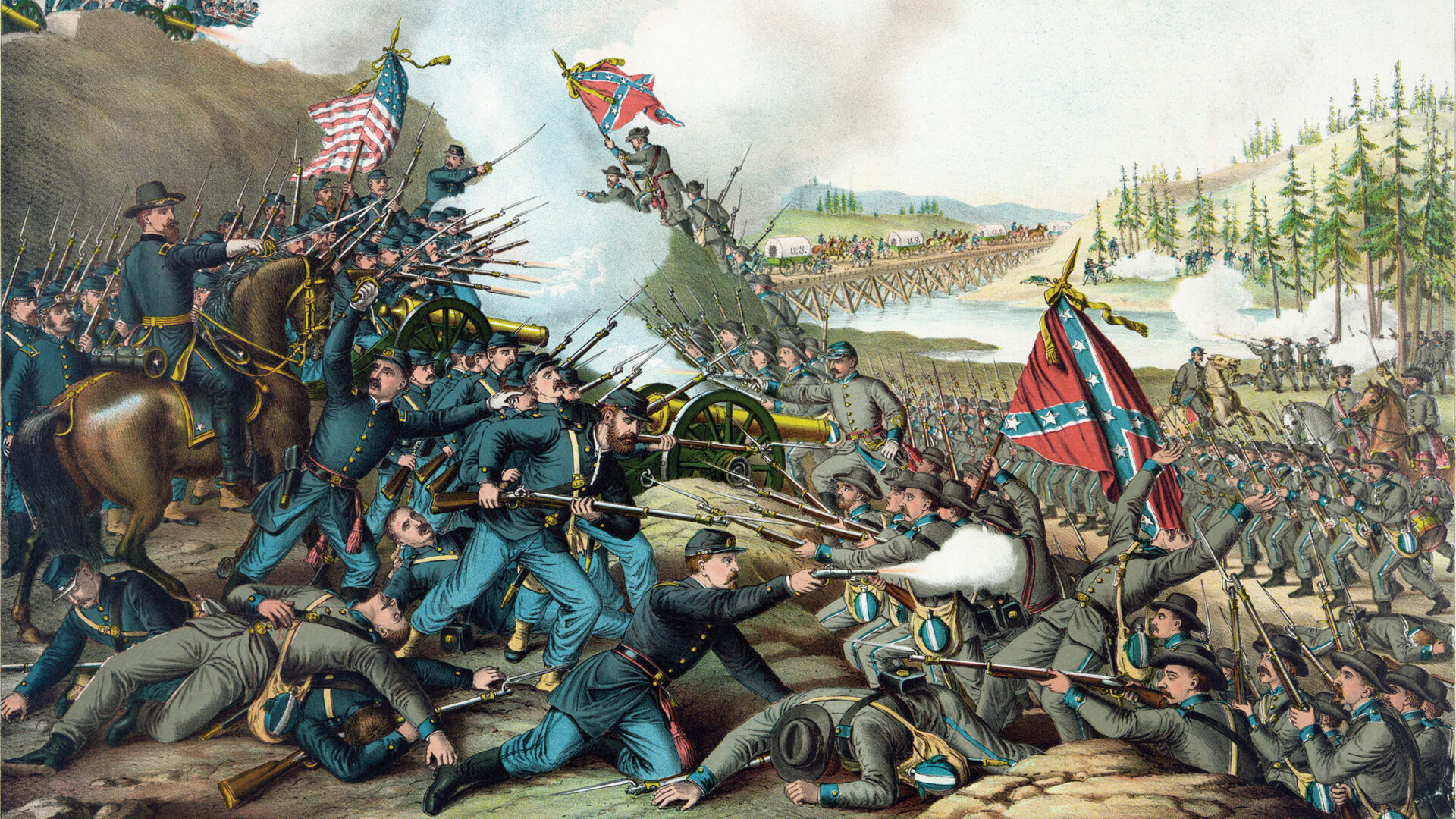
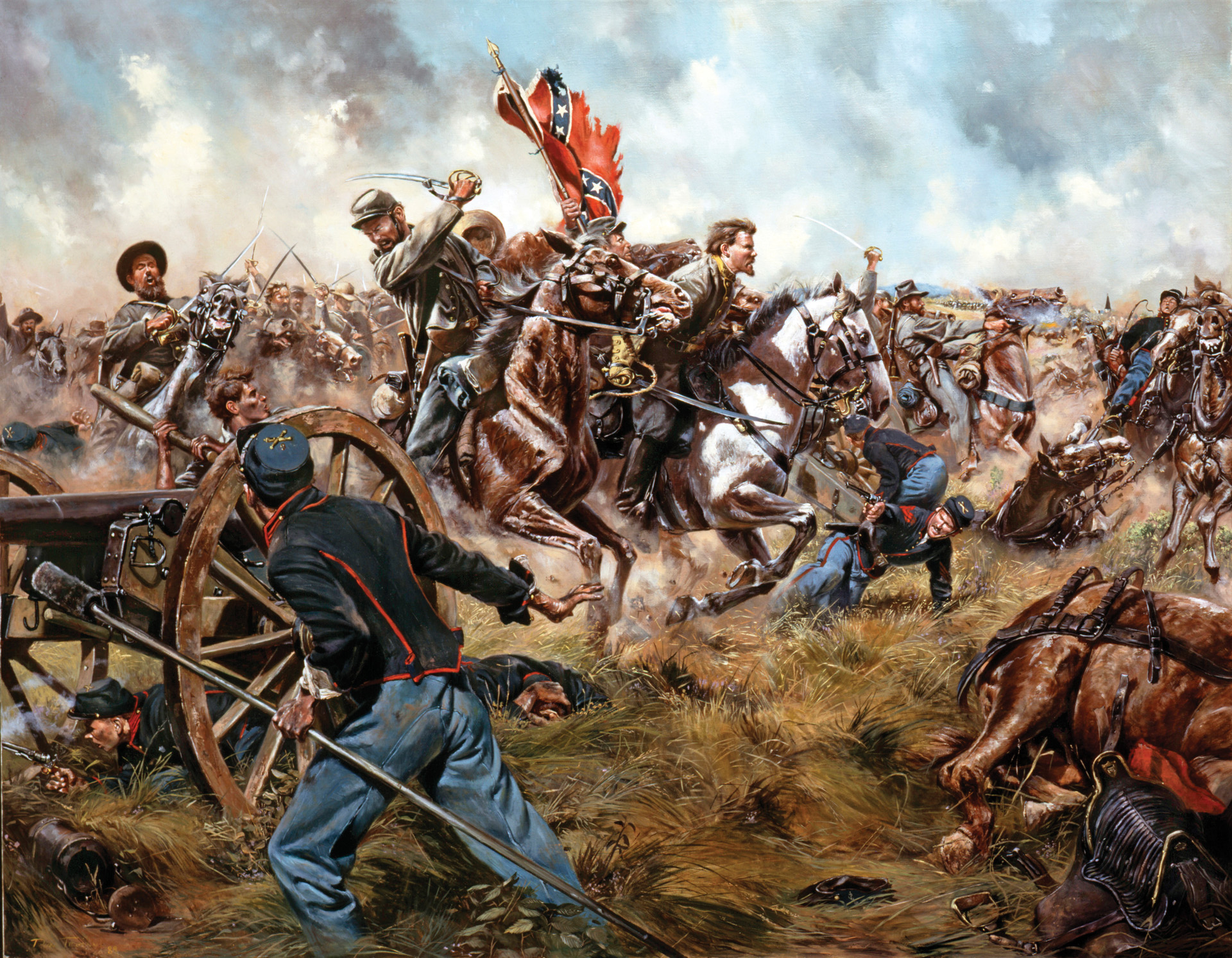
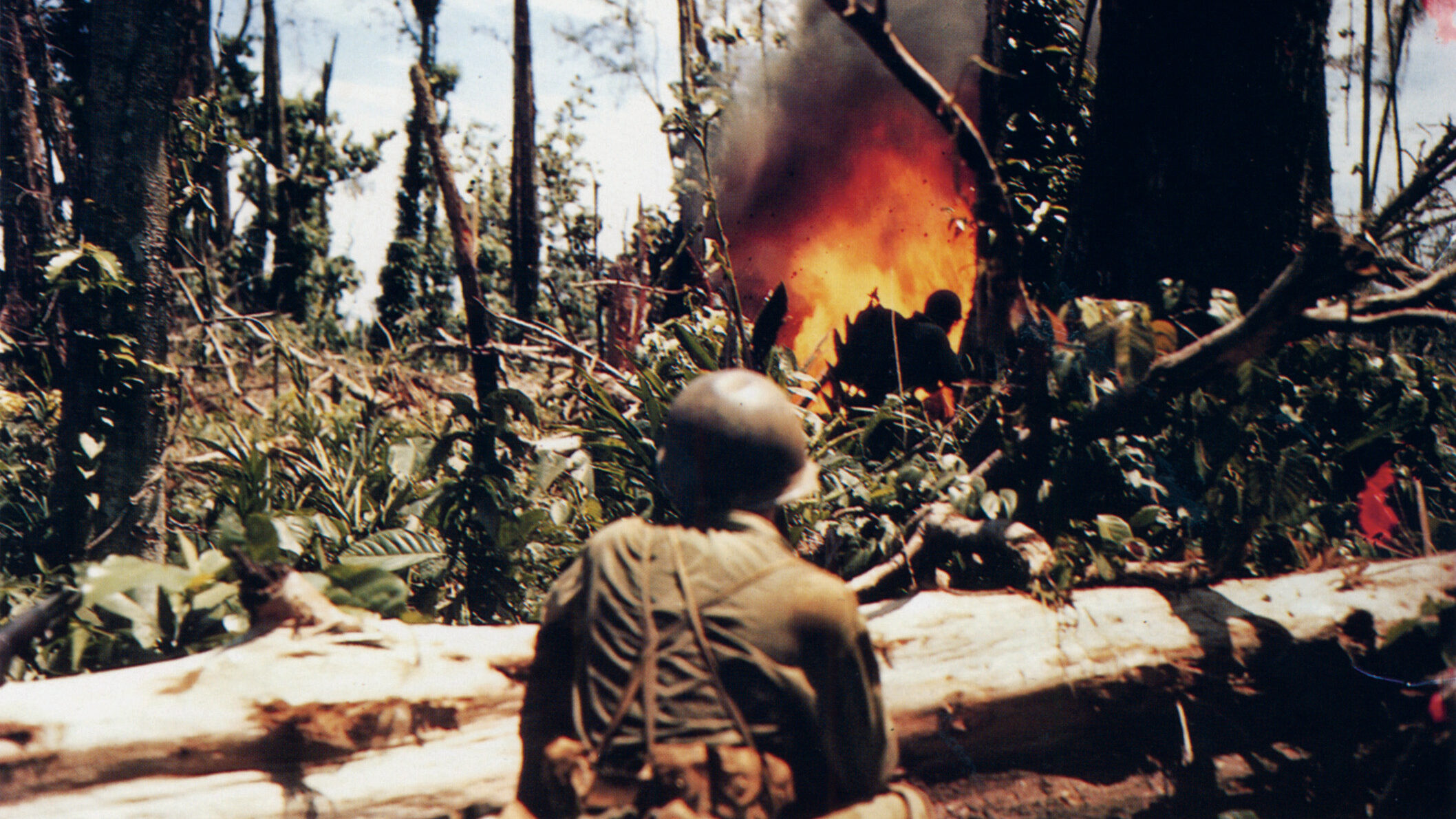
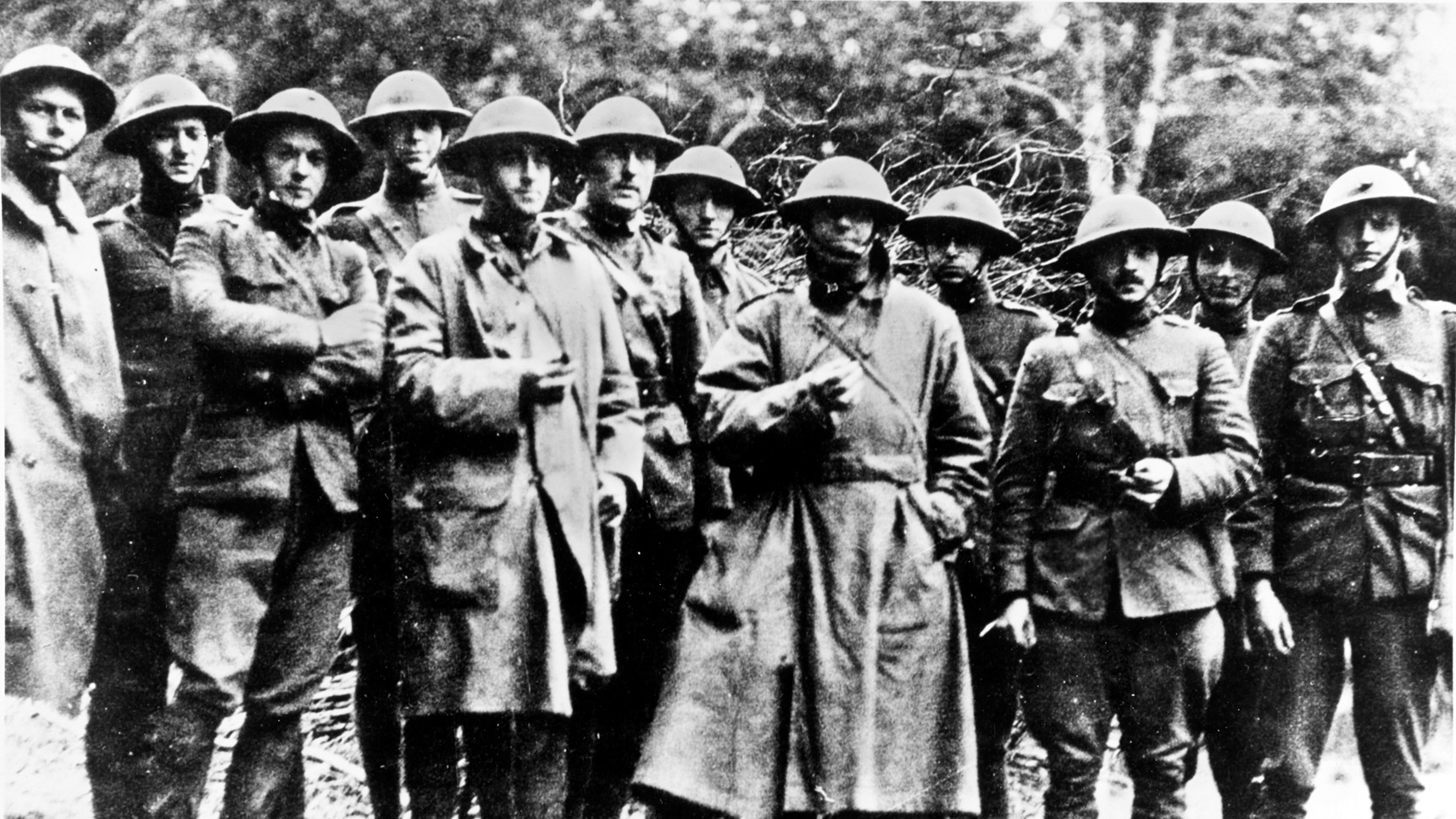
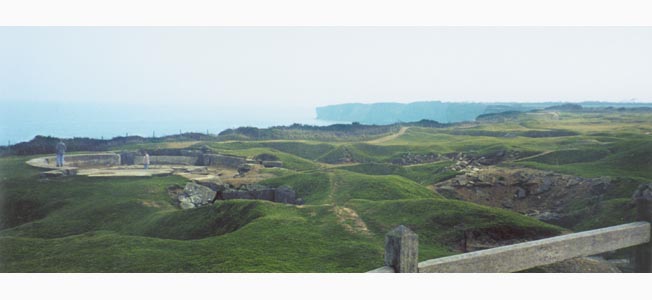
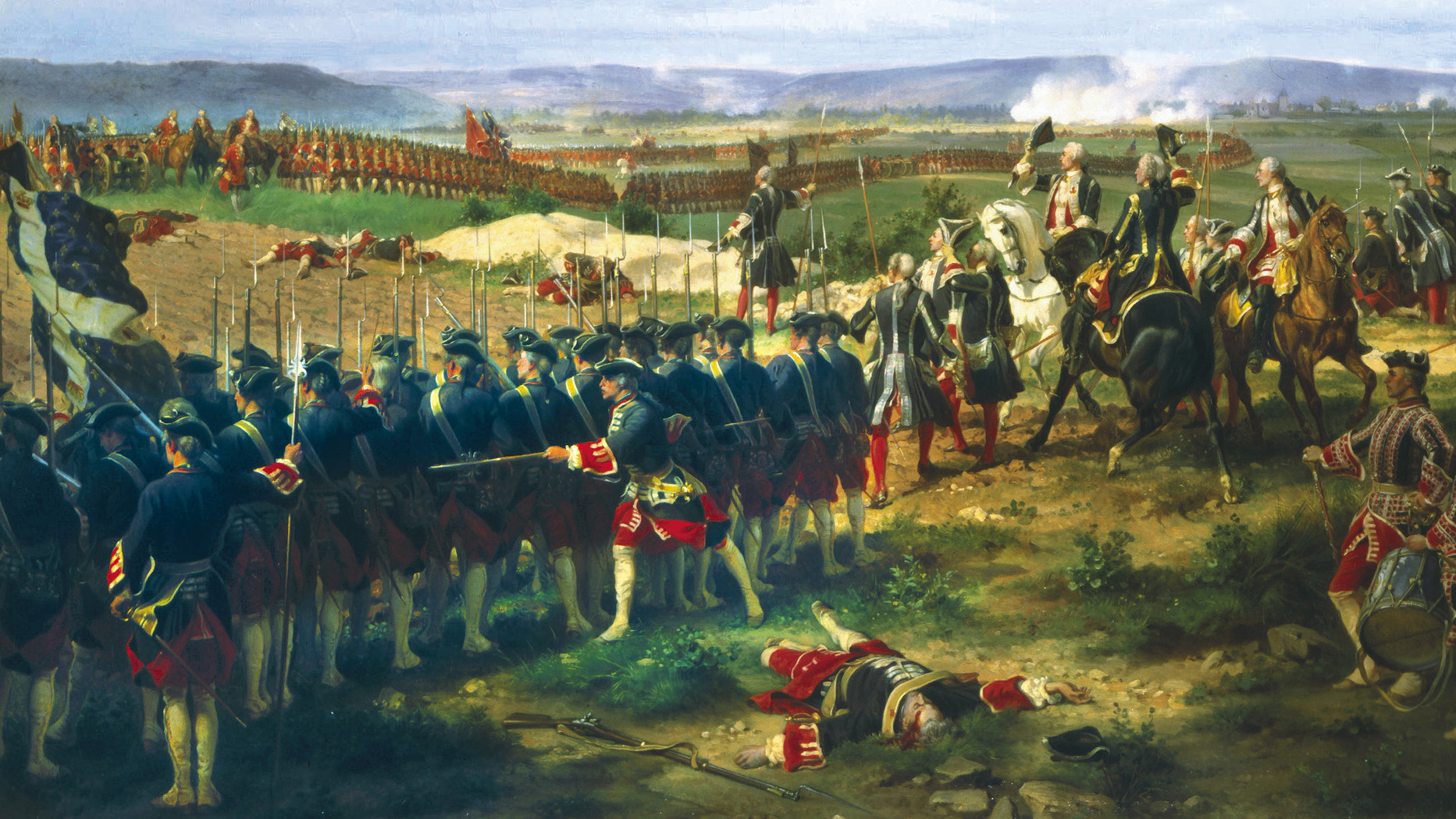
Join The Conversation
Comments
View All Comments